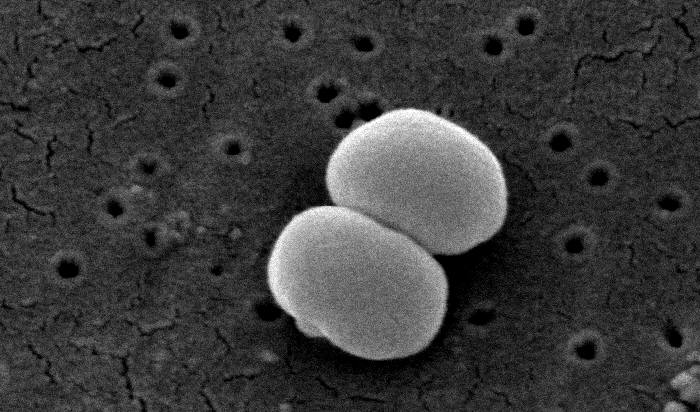Propionibacterium acnes (P. acnes) is a primary cause of acne, a common skin condition that can lead to inflammation, and in severe cases, scarring, impacting mental health and social interactions, especially in adolescents. Current treatments include antibacterial agents and antibiotics; however, the potential for antibiotic resistance strains necessitates exploring alternative solutions. Staphylococcus epidermidis (S. epidermidis), a common microorganism on human skin, has shown promise in maintaining skin health. Fermentation technology involving S. epidermidis offers a gentle, synergistic approach, eliminating external contaminants and minimizing risks associated with live bacteria in cosmetics. This study investigates the inhibitory effect of S. epidermidis fermentation broth on acne proliferation and progression, offering a novel approach to acne treatment.
Methods
S. epidermidis was cultured in beef protein medium, with glycerol or glucose added to create SFB, Gly-SFB, and Glu-SFB1. The fermentation broths were centrifuged, filtered, and concentrated. The antibacterial efficacy was assessed by evaluating the CFUs of P. acnes. Anti-inflammatory properties were evaluated using RAW264.7 cells stimulated with thermally inactivated P. acnes (TI.P). LC-MS/MS was used to identify metabolites, SEM to observe bacterial morphology, and Western blot to analyze inflammation-related proteins.
Key Findings
•Bacteriostasis of S. epidermidis Fermentation Broth to P. acnes
◦SFB, Gly-SFB, and Glu-SFB exhibited different growth inhibitory effects on P. acnes, with Gly-SFB and Glu-SFB showing higher inhibitory effects compared to SFB.
◦The pH of Gly-SFB and Glu-SFB decreased significantly due to the production of acidic compounds during fermentation, contributing to better inhibitory effects on P. acnes.
◦SEM analysis revealed that S. epidermidis fermentation broth caused bacterial cell surface contraction and leakage of cellular contents, leading to bacterial mortality.
•Anti-Inflammation of S. epidermidis Fermentation Broth
◦The S. epidermidis fermentation broths did not reduce cell viability and, in some cases, enhanced it, indicating no harm to RAW264.7 cells.
◦Gly-SFB and Glu-SFB reduced the release of pro-inflammatory cytokine IL-1β, with Gly-SFB showing a dose-dependent decrease13. All three fermentation broths reduced the release of IL-6.
•Anti-Inflammatory Characteristics of Oligopeptides
◦LC-MS/MS identified six oligopeptides with higher content in Gly-SFB and Glu-SFB compared to SFB.
◦WFYL, EQIW, and HGYK significantly decreased the expression of inflammatory factors IL-1β and IL-61.
•Signaling Pathways Related to Inflammation
◦TI.P stimulation of RAW264.7 cells led to elevated phosphorylation levels of IκBα and p65, promoting the synthesis of inflammatory factors. Gly-SFB and Glu-SFB decreased the phosphorylation levels of IκBα and p65.
This research demonstrates that S. epidermidis fermentation broth, particularly Gly-SFB and Glu-SFB, effectively inhibits P. acnes proliferation and reduces inflammation16. The novelty of this study lies in identifying specific oligopeptides (WFYL, EQIW, and HGYK) within the fermentation broth that contribute significantly to the anti-inflammatory effects. The future implications of this research include the potential application of S. epidermidis fermentation broth in cosmetics and acne treatments, offering a natural, effective alternative to traditional antibiotics, and reducing the risk of antibiotic resistance.
Link to the study: https://www.mdpi.com/2079-9284/12/2/33

